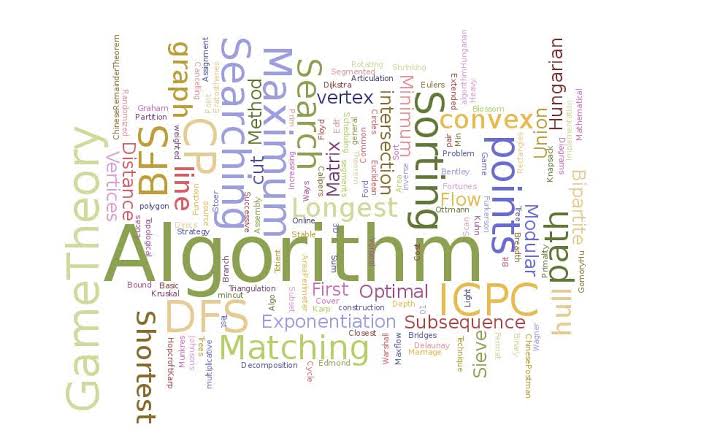Steps followed when creating a new software
7 Steps of effective software product development life cycle #Product label Tech-intensive lifestyle induces software to be an integral part of the everyday routine in the 21st century. Today, it is hardly possible to imagine any activity not powered by some kind of computer-related processes. When digging deeper, software product development is a highly organized process with precise procedures and strictly defined steps known as Software Development Life Cycle (SDLC). Whenever you need a sophisticated system, software suite or end-user web or mobile app your outstanding project delivery, besides all the other important factors, largely depends on a set of processes practiced by the development team. The Software Development Life Cycle as a collection of rules and practices helps to connect tech, non-tech team members and project stakeholders to transform your exceptional idea into a unique software product or solution. It structures the work of the development teams enabling th...
